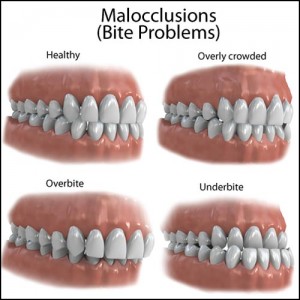It’s Memorial Day weekend, the unofficial start to summer! That means many people are planning and preparing for their summer vacations. We realize that holidays and vacation planning can get a bit hectic, so we ask that you please keep your team at Horner Barrow Orthodontics in mind! Remember to schedule an appointment before your vacation to ensure your orthodontic treatment is proceeding as planned. If you happen to be out of the state or the country with a broken bracket or poking wire, please don’t hesitate to visit the nearest orthodontist who can make you more comfortable. Although we suggest seeing another orthodontist for your comfort, please, DO NOT receive any orthodontic treatment outside of our office. Dr. Kevin Horner and Dr. Keri Barrow dedicate a considerable amount of time to personalize each of our patient’s treatment plans, and work together with our talented team to ensure that your office visits are handled as outlined at the start of your orthodontic treatment. We expect our patients to remain compliant with treatment, at home and during those fun trips! So come to our Sioux Falls, SD office to have your braces adjusted or repaired before you leave for your summer getaway.
Pointers for Braces Problems on Vacation
Remember, these pointers are for vacation; whether it’s hiking in Yosemite, sunning on the beach in Cape Cod, or anywhere in between. Whenever you are at home and experience any issues, please be sure to call us.
Even though you’re on vacation, your orthodontic treatment isn’t. You should continue to avoid foods that can damage your braces. The number one cause of trouble with braces is eating things that can damage your braces which then may make you uncomfortable. And, because plaque never goes on vacation either, brushing your teeth and gums twice a day is still a must-do.
Most broken brackets (usually the lower brackets) are not too much of a problem. They may move around a bit, but won’t hurt you or cause you discomfort. Any discomfort you might have would be the result of the change in forces on your teeth due to that missing bracket. This can be repaired when you return home and visit our office.
Poking wires: With braces, if the poking wire is in the very back, at the ends of the archwires, place wax on the bothersome wire. This will help to keep you comfortable until you’re back home. If the small ligature wire around a bracket is sticking out and poking you, use a spoon or a pencil eraser to gently tuck the end out of the way.
Most other wire issues can be handled (carefully) with a clean nail clipper or small pair of wire cutters.
At Horner Barrow Orthodontics, we are committed to delivering excellent quality orthodontic treatment to each and every patient. To provide a friendly, caring, and pleasant atmostphere that will ensure our patients feel relaxed and confident about placing their orthodontic care in our hands.
Have a wonderful vacation!



